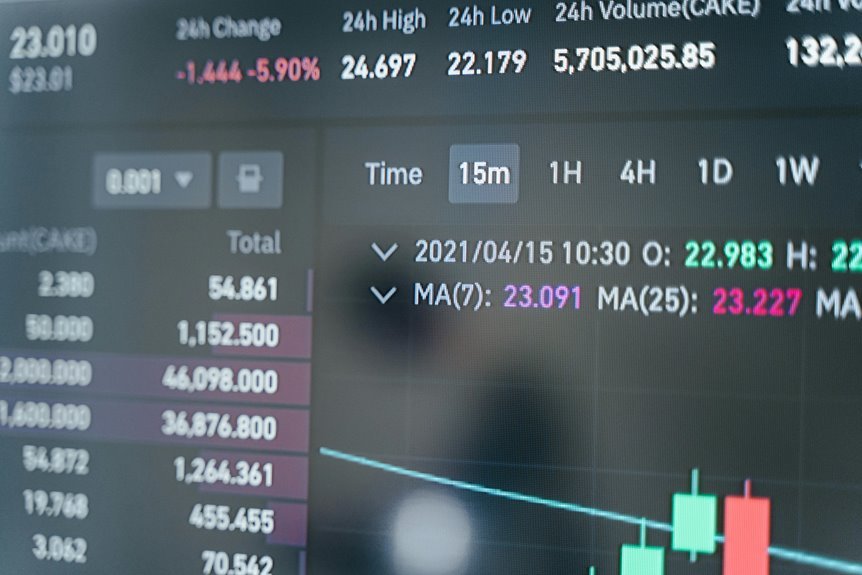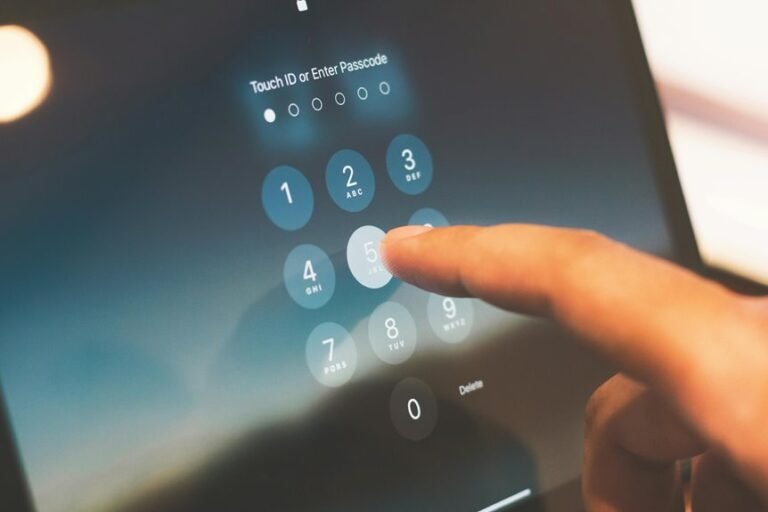Who Called You From 9562175041, 9562315032, 9562971414, 9563056118, 9563481300, and 9563825595? Find Out Everything About Any Phone Number
Many individuals have received calls from numbers like 9562175041, 9562315032, 9562971414, 9563056118, 9563481300, and 9563825595. These calls often raise questions regarding the caller’s identity and intent. Utilizing various identification tools can shed light on these unknown contacts. Understanding the nature of these calls may be crucial for personal security and privacy. What insights can be uncovered about these elusive numbers?
Understanding Unknown Callers: Who Might Be Reaching Out?
Understanding the motivations behind unknown callers can be a perplexing endeavor. Individuals may utilize various caller identification techniques to discern the intent behind these calls.
Unknown caller motives can range from legitimate inquiries to telemarketing tactics or even malicious intentions. Recognizing these underlying factors is crucial for individuals seeking to protect their privacy while navigating the complexities of unsolicited communications.
Tools and Resources for Identifying Phone Numbers
Numerous tools and resources are available for individuals seeking to identify unknown phone numbers.
Services offering reverse lookup capabilities enable users to trace callers, while caller identification apps provide real-time information about incoming calls.
Online databases and community-driven platforms also assist in revealing details about unknown numbers, empowering users with the knowledge necessary to make informed decisions regarding their communications.
Steps to Take If You Receive Suspicious Calls
Receiving suspicious calls can provoke concern and uncertainty, prompting individuals to take specific actions to protect themselves.
They should document any suspicious caller behavior, including the number and time of the call. It is advisable to block the number and report spam calls to relevant authorities or telecom providers.
This proactive approach helps mitigate potential risks and contributes to broader efforts against fraudulent activities.
Conclusion
In a world increasingly dominated by unknown callers, the significance of identifying these numbers cannot be overstated. As individuals navigate the murky waters of potential spam and genuine inquiries, the tools and resources available offer a glimmer of clarity. Yet, with each unanswered ring, the mystery deepens. Will the next call unveil a hidden opportunity or a lurking threat? The choice to engage or ignore lies in the hands of the recipient, shrouded in uncertainty.






